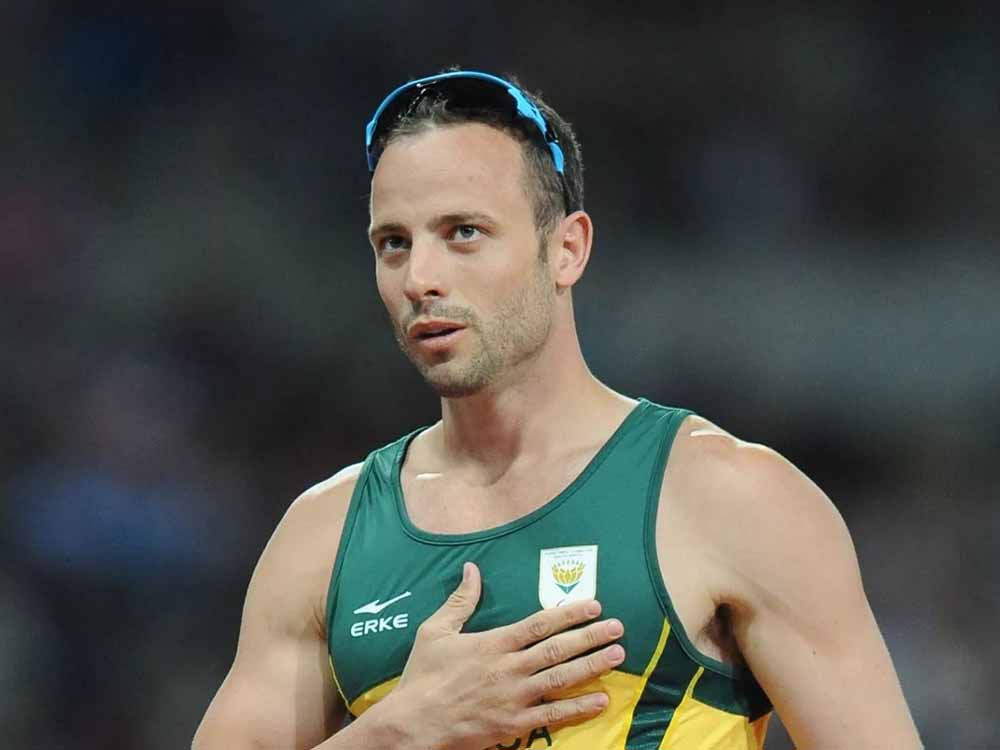Oscar Pistorius in 2014: The Fall of a Sporting Icon, Trial, and Aftermath
In 2014, Oscar Pistorius, the celebrated South African sprinter, faced a trial that captivated the world. This comprehensive breakdown examines his rise to fame, the tragic events that led to his trial, the legal proceedings, and the aftermath.
The Rise to Fame
Detailing Oscar Pistorius’s journey to becoming a sporting icon:
- Early Life: Pistorius was born with a congenital condition that resulted in the amputation of his lower legs. Despite this, he showed remarkable determination from a young age.
- Paralympic Success: Pistorius achieved international recognition by competing and excelling in the Paralympic Games.
Tragic Events and Legal Proceedings
Exploring the events that led to the trial:
- Reeva Steenkamp’s Death: On Valentine’s Day in 2013, Pistorius shot and killed his girlfriend, Reeva Steenkamp, in their home.
- The Trial: Pistorius’s trial began in March 2014 and was closely watched by the media and the public.
The Trial and Verdict
Detailing the legal proceedings and their outcomes:
- Key Testimonies: Witnesses, experts, and Pistorius himself provided testimonies during the trial.
- Verdict: In September 2014, Pistorius was found guilty of culpable homicide (manslaughter) but not guilty of murder.
The Aftermath and Controversy
The broader impact of the trial and its implications:
- Sentencing: Pistorius was sentenced to five years in prison but was released on parole after serving less than a year.
- Continued Legal Battles: The case led to further legal battles, including appeals and ultimately a longer prison sentence.











